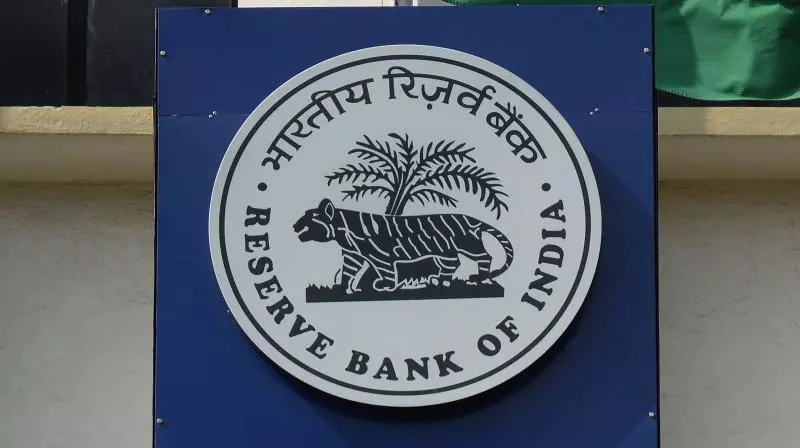RBI Eases Loan Rules for Banks, Boosts NBFC Credit Flow
RBI lowers risk weights on microfinance loans and NBFC lending, improving capital ratios and supporting economic growth

Mumbai: The Reserve Bank of India (RBI) on Tuesday partially reversed its tighter rules on bank loans to small borrowers and non-bank lenders, a move expected to improve the capital ratios of shadow banks.
"Post November 2023, banks had to apply a 125 per cent risk weight on loans extended to microfinance borrowers, whereas it remained at 75 per cent for NBFC-MFIs. Since microfinance loans of banks will now classify under regulatory retail limits, the risk weight on these loans will also decline to 75 per cent, thereby improving their capital ratios as well as their appetite for growth in this segment. However, given the recent asset quality challenges in this sector, growth may remain muted in the near term," said Anil Gupta, Senior Vice President, Financial Sector Ratings, ICRA.
The RBI reduced risk weight requirements for banks on consumer microfinance loans by 25 percentage points to 100 per cent. In 2023, the central bank had increased risk weights for banks and non-bank financial companies (NBFCs)—the capital banks need to set aside for every loan—by 25 percentage points to 125 per cent on retail loans, citing concerns over a surge in small personal loans. While certain categories like housing loans had been exempted at the time, microfinance loans were not.
In a separate statement on Tuesday, the RBI also announced the restoration of risk weights on banks’ exposure to non-bank lenders based on their credit rating.
In November 2023, the RBI had raised the risk weight for non-bank finance companies by 25 percentage points if their external rating required banks to set aside less than 100 per cent in risk capital.
The reversal of these rules follows the RBI’s recent decision to defer proposals aimed at increasing capital requirements for new project loans and the liquidity banks must hold for digital deposits.
The actions come after a leadership change at the central bank, with Sanjay Malhotra taking over as governor amid a slowdown in economic growth.
On the lower risk weights for bank lending to NBFCs, Gupta added, "The restoration of lower risk weights for better-rated NBFCs will improve credit flow from banks to NBFCs, while also benefiting their capital ratios. With improved credit flow to NBFCs, overall credit availability to the retail segment is expected to rise, supporting broader economic growth. This change, coupled with the deferment of the proposed LCR framework, is likely to enhance bank credit growth in FY26 compared to FY25."

